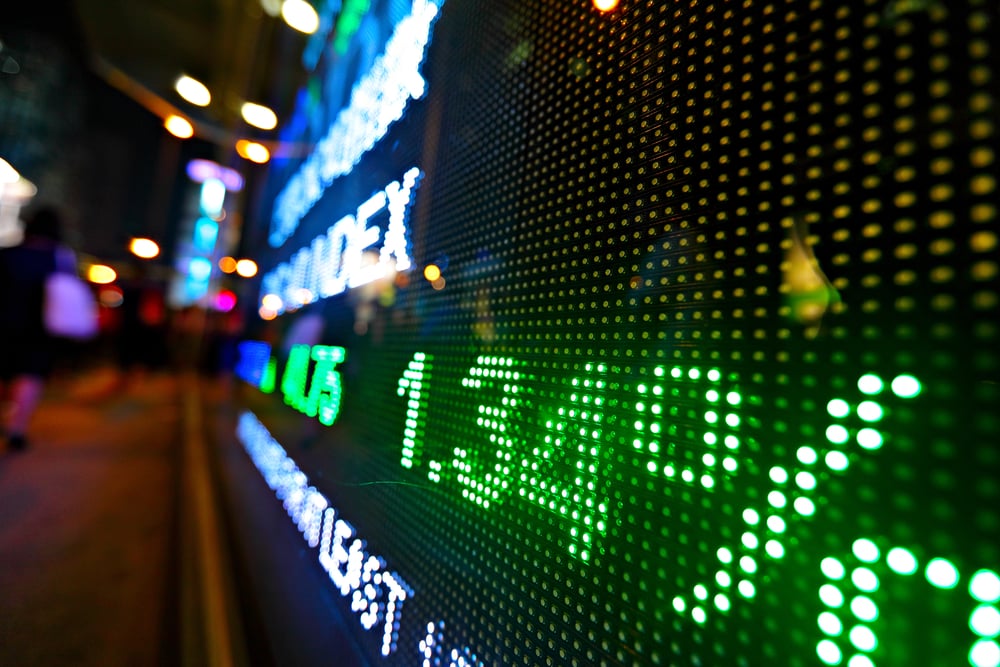
So, the day has finally come for you to place an order to buy a stock. Your account is funded, you’ve identified the company you want to buy, and you are ready to make the trade. The only problem appears when you begin to notice all of the different order types you can choose to buy with. This is a very common occurrence for people that are new to the markets or simply have never traded stocks before. Believe it or not, the order type that you choose to buy or sell a stock is very important.
There are a variety of different order types that brokers offer, which is why it can be overwhelming to decide on one if you aren’t familiar with each option and what it has to offer. That’s why we are going to walk you through the most common order types below and let you know a little bit more about what they mean. Keep in mind that the order type that you decide to go with will have a lot to do with your trading or investing strategy. Hopefully, this article will help to clear up any confusion about order types and allow you to always choose the one that fits into your game plan.
Order Type #1 – Market Orders
One of the most common order types is a Market Order. This is an order to buy or sell a security immediately at the current market price. A Market Order guarantees that the order will be executed, but it doesn’t guarantee the execution price. Taking a moment to really think through what that means will reveal a major downside to using market orders.
Using this order type will get you in or out of a position immediately, but you won’t know at what price. Market Orders will usually get filled right around the current bid or ask price, depending on whether you are buying or selling. However, if the market is moving quickly, it can leave you buying or selling at a price that you weren’t expecting. Using market orders when you are buying or selling stocks for long-term investing won’t really have a huge impact on you. However, if you are day trading or scalping, using market orders can end up costing you a lot of money.
Order Type #2 – Limit Orders
The next common order type that you should know about is Limit Orders. These are orders that guarantee that the security will be bought or sold at a specified price or better. However, there is no guarantee that the order will get filled. The important thing to note with a Limit Order is that you will have to specify a price you want when you enter the order. If you want to purchase a security right away with a Limit Order, you can enter the order at the Ask price or a few pennies above it. If you want to sell a security immediately with a Limit Order, you can enter the price at the latest Bid price or a few pennies lower. Limit Orders are a great choice for buying or selling securities because you will always know the price that you will buy or sell them for.
Order Type #3 – Stop Orders
A Stop Order is similar to a Limit Order in that you are required to input a specified price during order entry. However, it differs in the fact that with a Stop Order, it is triggered when the stock price moves above or below your price, depending on if you are buying or selling. After the Stop Order is triggered, it instantly becomes a market order and executes at the next available price. Stop Orders are commonly used by active traders to protect against losses or to lock in profits after a successful trade.
Order Type #4 – Stop Limit Orders
The final common order type we will mention are Stop Limit Orders. These orders function the same way as Stop Orders but differ in that instead of becoming Market Orders after the stop price is reached, they become Limit Orders. This order type allows you to control exactly what price you end up buying or selling a security at after the stop price is reached, but does not guarantee execution.
Each of these order types can be found on the order entry screen of most online brokers. It’s up to you to decide which one works best for your investing and trading goals. Just remember that there aren’t too many things that you have control of while you are trading, but the order type you use is one of them. Use order types to your advantage whenever possible to avoid losing money to market makers and bad fills.
Before you make your next trade, you'll want to hear this.
MarketBeat keeps track of Wall Street's top-rated and best performing research analysts and the stocks they recommend to their clients on a daily basis.
Our team has identified the five stocks that top analysts are quietly whispering to their clients to buy now before the broader market catches on... and none of the big name stocks were on the list.
They believe these five stocks are the five best companies for investors to buy now...
See The Five Stocks Here
Which stocks are hedge funds and endowments buying in today's market? Enter your email address and we'll send you MarketBeat's list of thirteen stocks that institutional investors are buying now.
Get This Free Report
Like this article? Share it with a colleague.
Link copied to clipboard.